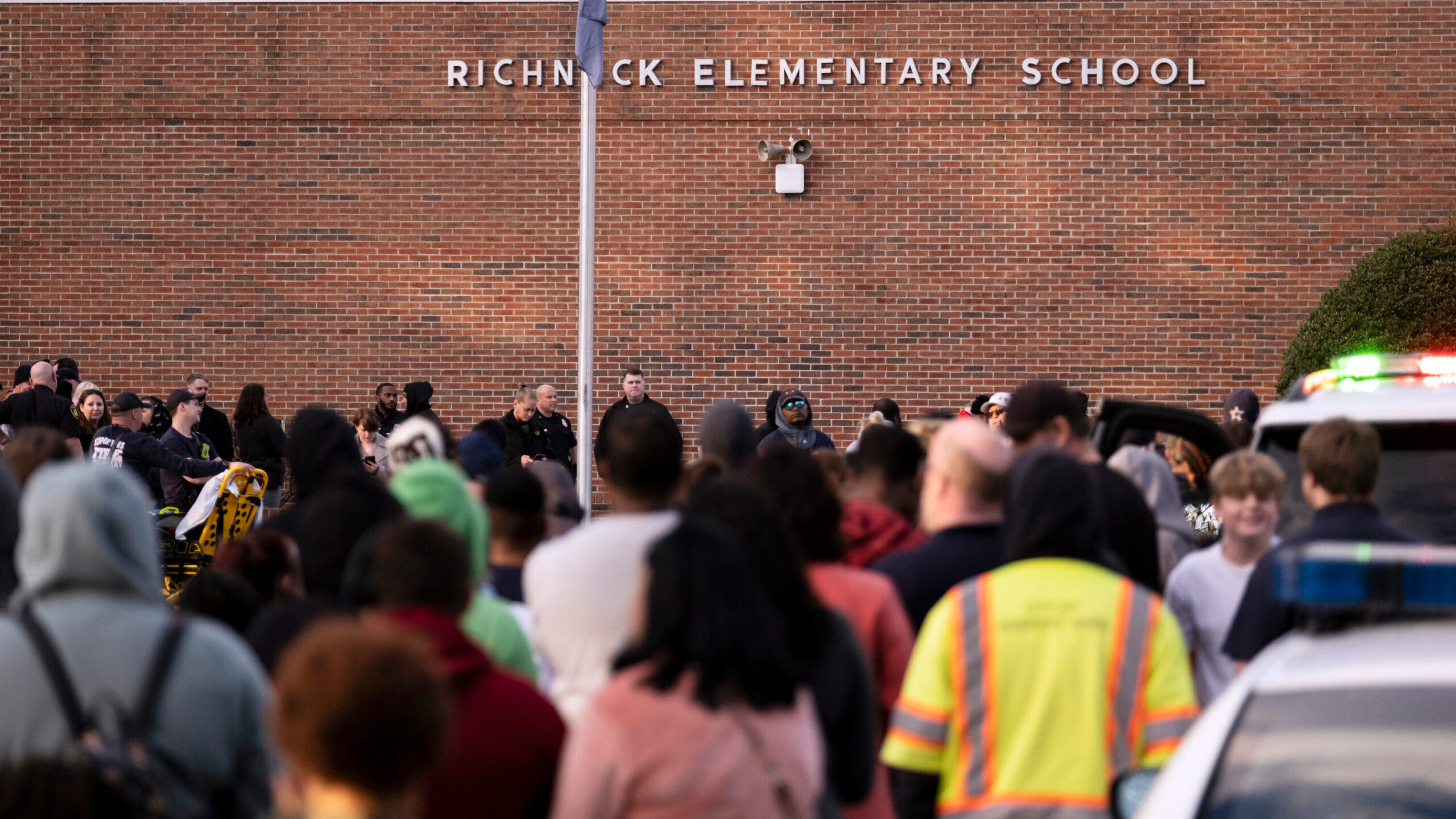Content Warning: Excessive violence and murder
Mayor Phillip D. Jones of Newport News would have
never believed a six-year-old boy would shoot his
teacher. On January 6 of this year, a six-year-old boy
was taken into police custody after he shot a teacher at Richneck
Elementary School in Newport News, Virginia. Newport News’s
Police Chief Steve Drew said that the female teacher was shot
inside a classroom and added that “this was not an accidental
shooting.” According to police reports, there was an altercation
between the teacher and the student who had the firearm, and a
single round was fired. No other students were involved. Mayor
Phillip D. Jones of Newport News posted a statement on Twitter:
“It is almost impossible to wrap our minds around the fact that a
six-year-old first grader brought a loaded handgun to school and
shot a teacher; however, this is exactly what our community is
grappling with today.”
Gun violence is a crisis in the United States. As reported by the
Educational Fund to Stop Gun Violence (EFSGV), guns are the
leading cause of death for children one to nineteen years old in the
United States, and every year, 117,345 people in the U.S. are shot.
The rate of gun violence in the United States is continually
increasing. According to EFSGV, “we must advocate for
evidence-based solutions to make gun violence in the United
States abnormal and rare.”
Every day, more than one hundred Americans die from gun
violence, and two hundred Americans seek help for non-fatal gun
injuries. Thirty-two percent of Americans say they own guns, and
overwhelming evidence shows that gun ownership and access to
guns are associated with increased suicide, homicide, unintentional
gun deaths, and injuries. Access to a gun in the home increases the
risk of death by suicide by three hundred percent. These injuries
and deaths are preventable. According to EFSGV, “it’s a common
misconception that people living with mental illnesses are
responsible for gun violence, but when compared to other
countries, the U.S. has similar rates of mental illness, yet we have
much higher rates of gun violence.” The statistics, then, clearly
show that mental illness does not lead to gun violence—the
problem is access to guns.
Canada’s low gun homicide rate displays the benefits of gun
control legislation. Gun control laws in Canada are far more
rigorous than those in the United States. The U.S. Department of
Justice reported a significant decrease in gun homicide rates in
Canada after the introduction of stringent gun control legislation
in 1976, which they claim is likely the result of differences in the
rigor and pervasiveness of gun control legislation. According to
the Department of Justice, handguns can only be legally owned in
Canada by police officers, those who “demonstrate a need” for
handguns in their work or for protection, and legitimate gun
collectors and gun club members. Meanwhile, gun control laws
and criminal law in the United States are determined largely by
state law rather than federal legislation.
Among high-income countries, the United States is an outlier in
terms of gun violence. The US has the highest gun ownership and
highest gun-related death rate of twenty-seven high-income
countries. The gun homicide rate in the United States is nearly
twenty-five times higher than in other high-income countries, and
the gun suicide rate is nearly ten times higher than in other high
income countries.
In a 2017 Pew Research survey, two-thirds of gun owners cited
protection as a major reason for gun ownership. This indicates a
notable increase from the mid-1990s, when the majority of
American gun owners cited recreation as their primary reason for
gun ownership, and fewer than half of them owned guns primarily
for protection. This increase in perceived safety is reflected in
people’s reasons for gun ownership in the United States. Perceived
safety is likely a big reason why gun ownership in the US is high.
However, easy access to guns is ultimately why so many
Americans own guns.
Teachers are banding together across the country to work on
solutions, with some in Texas picking up firearms and bulletproof
vests—training for the next intruder. Legislation that advocates say
would protect childrens and teachers’ lives is battling what others
say is a constitutional right to bear arms. This problem is not
outside of anyone’s reach and is not an individual answer as it takes
a community to raise healthy children. Violence has many faces:
inequity, poverty, hunger, neglect, exclusion, and loneliness are
only a few of them. Without hope or support or trust in each
other, the number of those lost only rises.

